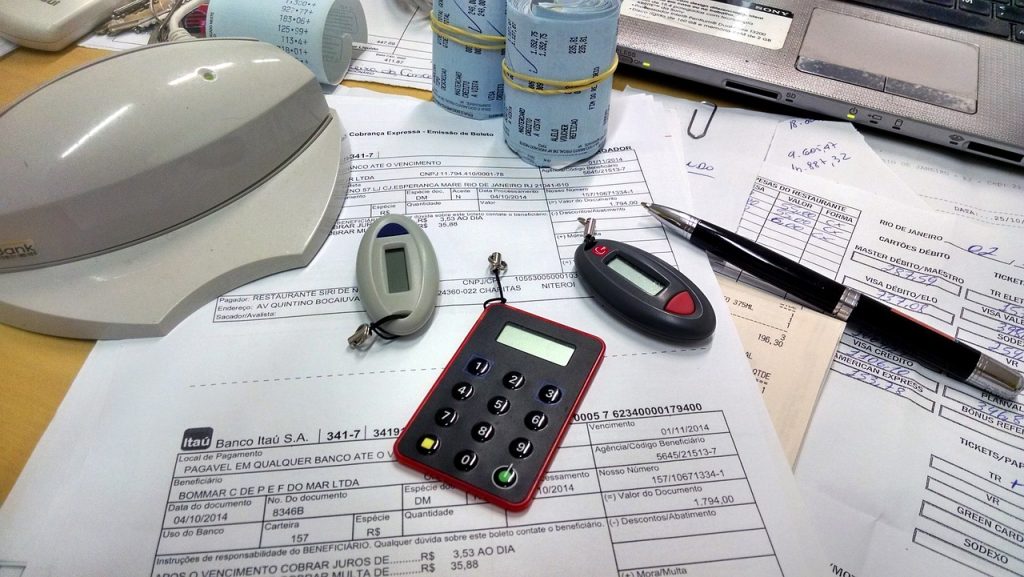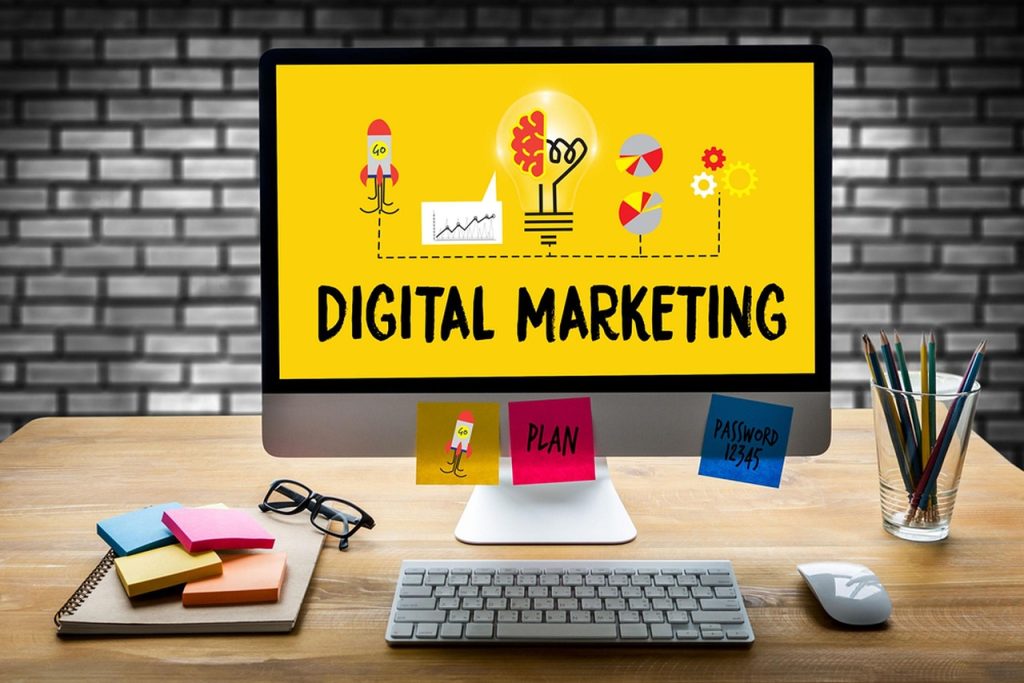
5 Customer Retention Strategies for Winning Back Dormant Customers
“How many leads have you acquired today?”
It’s the question on every business owner and marketers mind at the end of the working day. You want that number high, and rightly so.
But what about that other word, you know the R-word – R E T E N T I O N. We seem to place so much attention on the acquisition phase that we often forget about retention.
What is customer retention?
Customer retention is defined as the business practice of keeping existing customers coming back to purchase your goods or services. The overall idea of customer retention is to put effort into strengthening and maintaining relationships with clients so that they don’t venture off to spend their hard-earned money elsewhere.
There are a number of ways to actively retain customers, and we’ll cover those below. First, have a look at how to calculate customer retention rate:

Customer retention statistics
Smart marketers and business owners know that focusing on retention and customer loyalty is only half the job. Research by Harvard Business School found that when a company improved its customer retention rate to re-engage customers by just 5%, their profits soared by 25-95%! Moreover, selling to an existing customer is far easier than recruiting a new one. But don’t take our word for it…
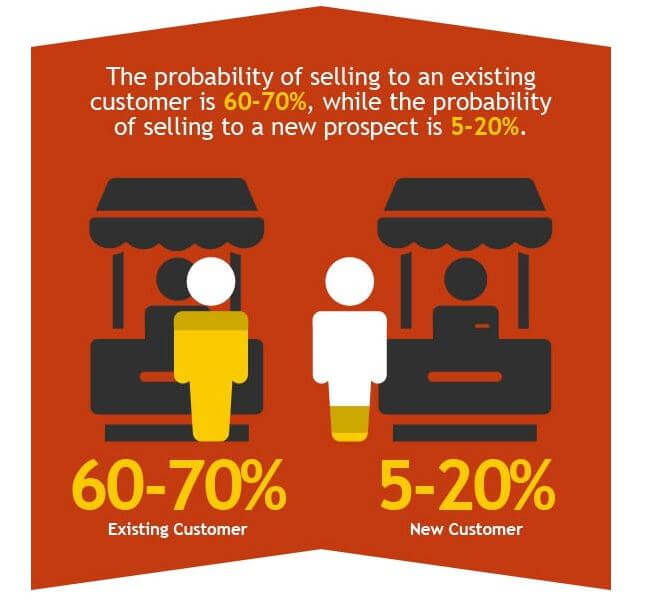
Source: invesp
The probability of selling to an existing customer is 60-70%, whereas the probability of selling to a new customer is 50-20%. Just let that sink in.
So why, oh why do only 18% of companies have a greater focus on customer reactivation strategies as opposed to 44% of companies who have a greater focus on acquisition?
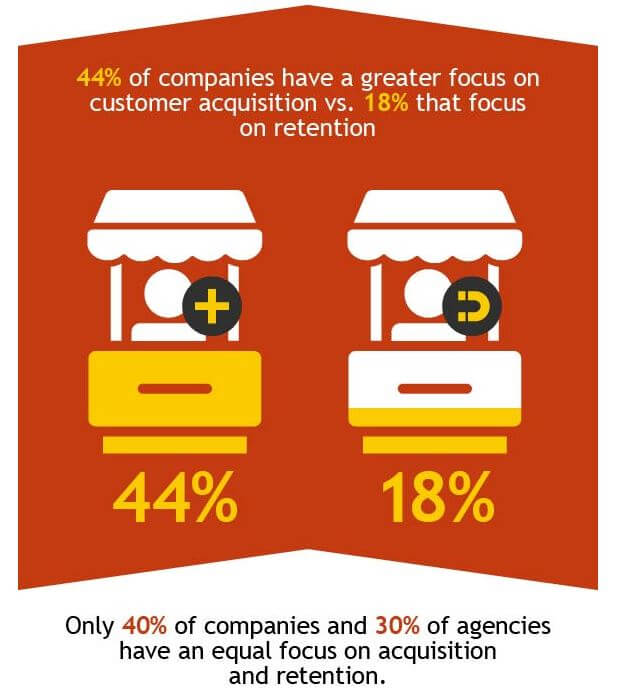
Source: invesp
Even if a customer hasn’t engaged with you in a while, it may be that marketing dollars are better spent drawing dormant customers back in rather than trying to acquire new ones. Of course, there’s a little art and science to it and you need to find a balance.
You probably now understand that customer retention is important for long-term success, now it’s time to find out some solid customer reactivation strategies. Here, we’ll take you through a few tried and tested methods on how to win back inactive customers.
1. Personalize, personalize, personalize
One way to re-engage customers especially after the busy holiday season when it all starts to die down a bit is to work on personalization. Emails are a well-known customer retention strategy, but making those emails personalized will go a long way.
It’s not effective to write separate emails to individual customers, however, what you can do is divide your customers into groups based on factors such as their location, history or preferences. For example:
- Send targeted messages to customers that reflect their buying preferences
- Use geo-targeting to email them when they’re in range of your store
- Use their birthday as a time to make them feel special and offer some juicy deals
All of this will add value to their experience.
If you don’t already have one, a customer relationship management system (there’s a ton of those, just do a quick search) will help you to retain important information about each of your customers. You can then use that information to create campaigns that target interests rather than sending the same thing to everyone – which can be very hit and miss.
Extra Tip: Always use names when sending a message!
2. Email retargeting
Following personalization, this leads us nicely onto email retargeting. BustedTees used an email retargeting strategy that generated an ROI of 390% helping them to ignite brand interest and increase conversion. ‘How’, you ask? They created specific email lists of their inactive users who made a ‘recent’ purchase and built a campaign specific to them. The people on that list, began seeing ads across their social media and the web without them even having to click on the email itself.
Elior Korkus, Head of User Acquisition at Become gave us his two cents.
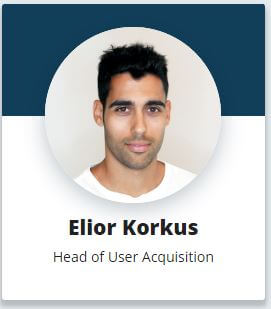
“With customer retention marketing, we can increase the LTV (lifetime value) of each of our customers and significantly increase profits. A large portion of the revenue we see comes loan renewals. We create an email campaign and retargeting campaign across social platforms to draw pre-existing customers back in. It’s simple, and it works.”
Elior also added, that “as a whole, email marketing and social media marketing help us to build trust and loyalty, and ultimately increase retention.”
Become specializes uses its proprietary technology to automatically nurture businesses throughout the funding cycle, matching it with the best business loans or financing solution possible. There are many business loan products out there, use this guide to business financing to see if your business could use one of these options.
3. Provide outstanding customer service
Have you ever been to a restaurant and had amazing food but really shoddy service? Or perhaps it was a bad online shopping experience? Your pride may say ‘no matter how good that dessert was, I’m not coming back out of principle’ and too right! Why spend money on a product or service if you get shoddy service in the process. On the flip side, you may find a local bakery (for example’s sake) run by a family with an infectious atmosphere and incredible service. Despite being a little more expensive than the bakers down the road, you’ll return there to simply support their business and get a dose of those good vibes.
This is human nature at its core. And great service ensures great – or at the very least, greater – chances of retention. An Oracle report found that 86% of customers are comfortable to be more if it guarantees a better customer experience.
If you have to physically interact with your customers, perhaps try remembering their name if they come often. Or simply start up some friendly conversation. Customers like to feel made special and acknowledged. Wouldn’t you?
If your business is online, you can take a friendly approach in your social media, mention customers in posts and provide a smooth and efficient service.
Extra Tip: Make sure to answer customers questions as soon as possible – online and offline.
4. Share customer feedback
Got some great feedback from a customer? Great! You must be doing something right then. Don’t just smile at it, use it!

Sharing is caring.
Sharing customer feedback is another great way of reactivating dormant customer. Customers know that you want to sell your product or service, but when they see it recommended by a third-party, that is, a customer, then it becomes 10 times more credible.
We’d also recommend regularly requesting customer feedback in the form of surveys or a short question. Customers want to feel understood. Tell them you’d appreciate their feedback to better your services for them (mention them specifically by name). Bonus, you’ll learn a great deal from them in the process.
5. Text messages are your friend
If you’re wondering how to contact inactive customers, did you ever consider good ol text messages?
Did you know, text messages have astonishing open rates, we’re talking 78% higher than email and there’s no risk of your messages going to spam. You’d be surprised at how many people respond to a text.
If email marketing, phone calls and other means are at a standstill, there’s no harm in sending a text to re-engage customers. Make sure you include a direct link to where you want to send them (be it a personalized product page they’ve previously visited, your website or somewhere else).
Got any questions? Know some better customer retention strategies? Let us know in the comments!


